Microsoft Word was my go-to writing app for typing documents and stories, but I eventually moved on to Google Docs due to its simplicity and cloud-based design. Google Docs isn't bad, but I found another app that has a more streamlined design and gives me the freedom to work without invasive spelling and grammar-checking tools. I'm always looking to improve my productivity and switched to QuillSpace because it removes all distractions so I can work in peace.
Quillspace provides a minimalist writing experience with a clean, white interface, serving as a blank canvas for writing reports, stories, and other work. There are no menus or icons like those found in other writing apps, and most functions are accessed via right-clicking and shortcut keys. Apart from a clean and distraction-free interface, QuillSpace offers a hierarchical filing system for creating projects and logically storing all relevant information. I now use QuillSpace instead of Word or Google Docs for these five reasons.
5 Clean Interface
No distractions
QuillSpace's claim to fame is its distraction-free writing interface. I like it because there are no toolbars or menus in the way, and I have the freedom to concentrate on my typing. There's no sacrificing features, and I can still change the size and font, open the copy and paste menu, and access other formatting tools with simple shortcut keys. To me, the interface resembles a Kindle Paperwhite, and the difference is that I'm writing instead of reading.
After years of using Word and Google Docs, it took me a while to adjust to QuillSpace. Part of the reason was that I felt lost without the comforting menus I was used to, and because I didn't trust the formatting. These fears were unfounded and disappeared once my writing began to flow. The learning curve wasn't too steep because the shortcuts mimic Windows commands, and Quillbot provides a handy support page to view them at any time.
4 Organizational features
Plan your projects
I like that QuillSpace isn't just a writing app and provides an organizational structure to plan my work. Projects are at the top of the structure, followed by groups and sheets. For example, a project can be a novel, and the groups act as folders within it for character bios, plot outlines, and other information. I can then type the work on individual sheets and add them to the relevant groups or folders.
Sorting my projects into folders and groups helps me work more efficiently in the long term, but it can take some time to get started due to the effort required to create them. It's still a better approach than saving individual files in Windows or Google Drive folders. Quillspace utilizes a simple drag-and-drop system, so I can easily create templates or move sheets between the various projects I'm working on.
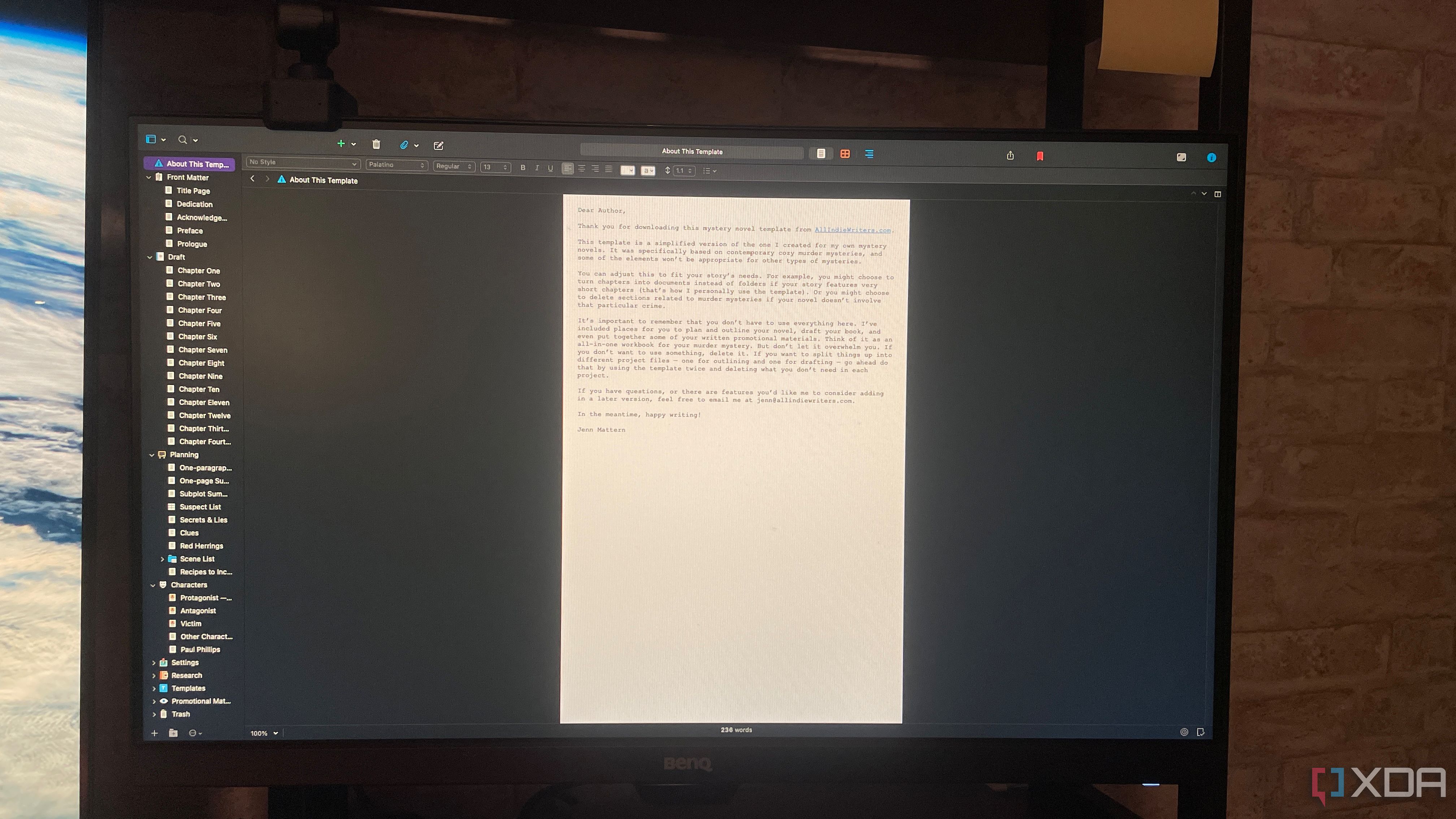
Related
5 word processors more useful than Microsoft Word
Just because Word is popular doesn't make it the best
3 Goals
Set targets to improve productivity
I sometimes get overwhelmed by huge projects and tend to lose focus and procrastinate unless I receive an extra push. QuillSpace keeps me on track by providing a goal system to set targets and track my progress. I can set daily and weekly word count goals, and QuillSpace will keep me informed of my progress as I work. I can also set daily notifications at a specific time for the app to display my statistics.
Alternatively, I can access the Statistics menu at any time and see how far I am from reaching my goals. This menu also provides a graph of my productivity to see a visual representation of my performance and make the necessary adjustments. I can also set word count goals at a project level and add deadlines to work within a specific timeframe. These features help me reach my targets, and I often increase my goals as I become more proficient at meeting them.
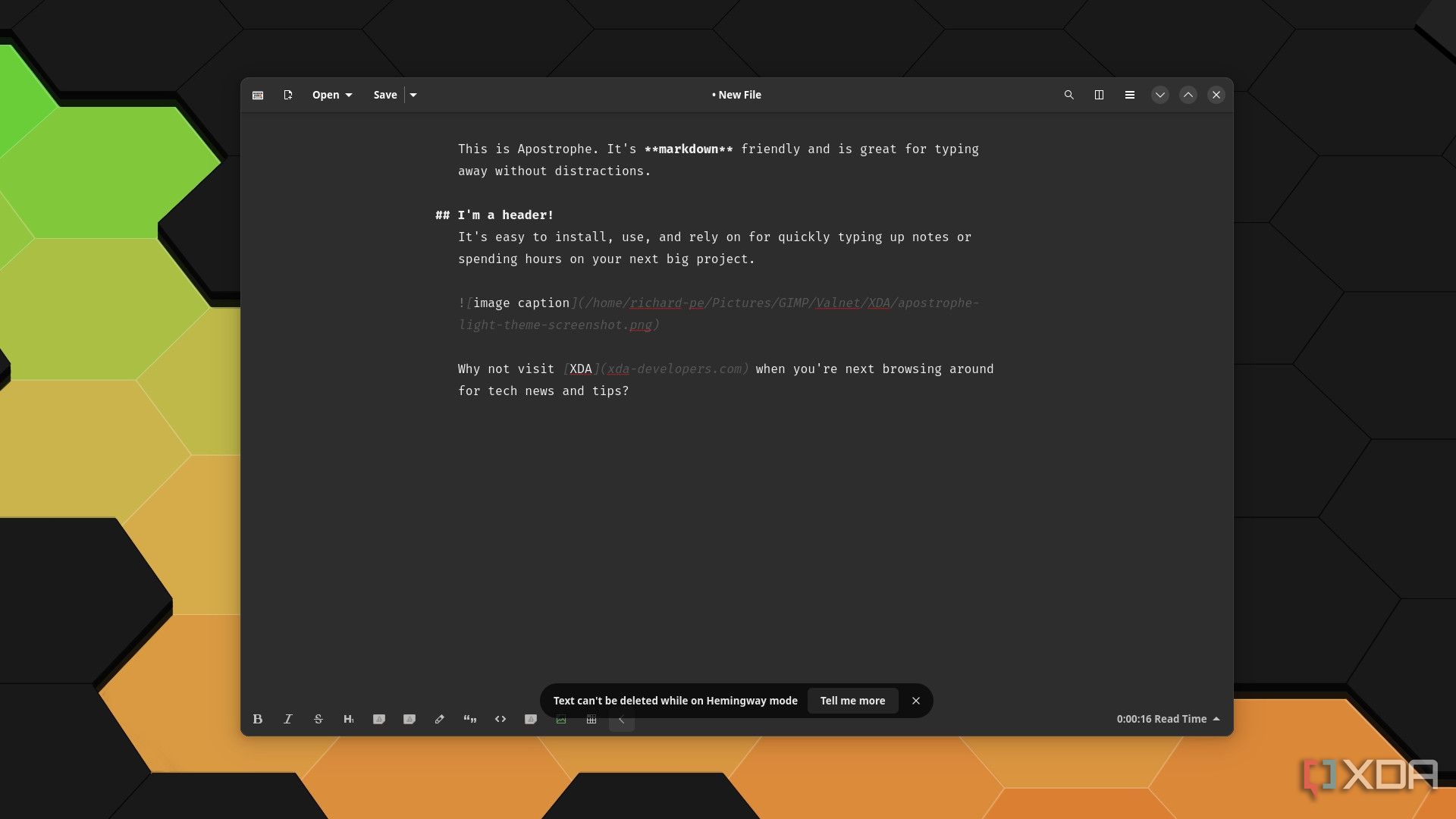
Related
I tried Apostrophe and now I can't write using any other app
Here's how to focus on writing with this distraction-free text editor.
2 Easy navigation
Keeping things simple
QuillSpace has a user-friendly navigation system that matches its minimalist design. It keeps most of the screen free for typing and arranges all the projects and other folders on a sidebar on the left side of the screen. The sidebar takes up little space in its default setting, leaving me with a full screen to type on.
I can change the default viewing option from All Panes if I don't want the sidebar on my screen. The Editor Only option displays the sheet I'm working on without the sidebar on the screen, and Fullscreen goes further and removes the menu icons for a pure writing experience. The Editor + List option isn't bad either, because it provides ample space to work and displays all my sheets on the side where they're out of the way.
1 Export to other formats
Ups and downs
The reality is that I need to share my work with editors, team members, and other people who don't have QuillSpace installed on their devices. This is an area where I feel QuillSpace could use some improvement. The app includes an export tool to change my sheets into PDF, DOCX, or HTML documents, and I was disappointed that it didn't work so smoothly.
Exporting my sheets to PDFs doesn't work on my PC and generates an error message. Exporting to Word isn't an issue, but it required me to download a third-party app called Pandoc to get it working. I have no problems exporting to HTML, and it works just fine. To bypass the export tool, I manually navigate to the QuillSpace folder on my PC and use the Open With option to open my sheets with Word or Notepad.
Is it worth trying QuillSpace for a distraction-free experience
I think it's worth giving QuillSpace a shot because it offers an excellent balance of simplicity and features. You can try it for free, then pay a $40 one-off fee if you want to continue using it. Alternatively, you can try Apostrophe as another minimalist alternative, or Flowstate if you want more of a push when writing.

.png)
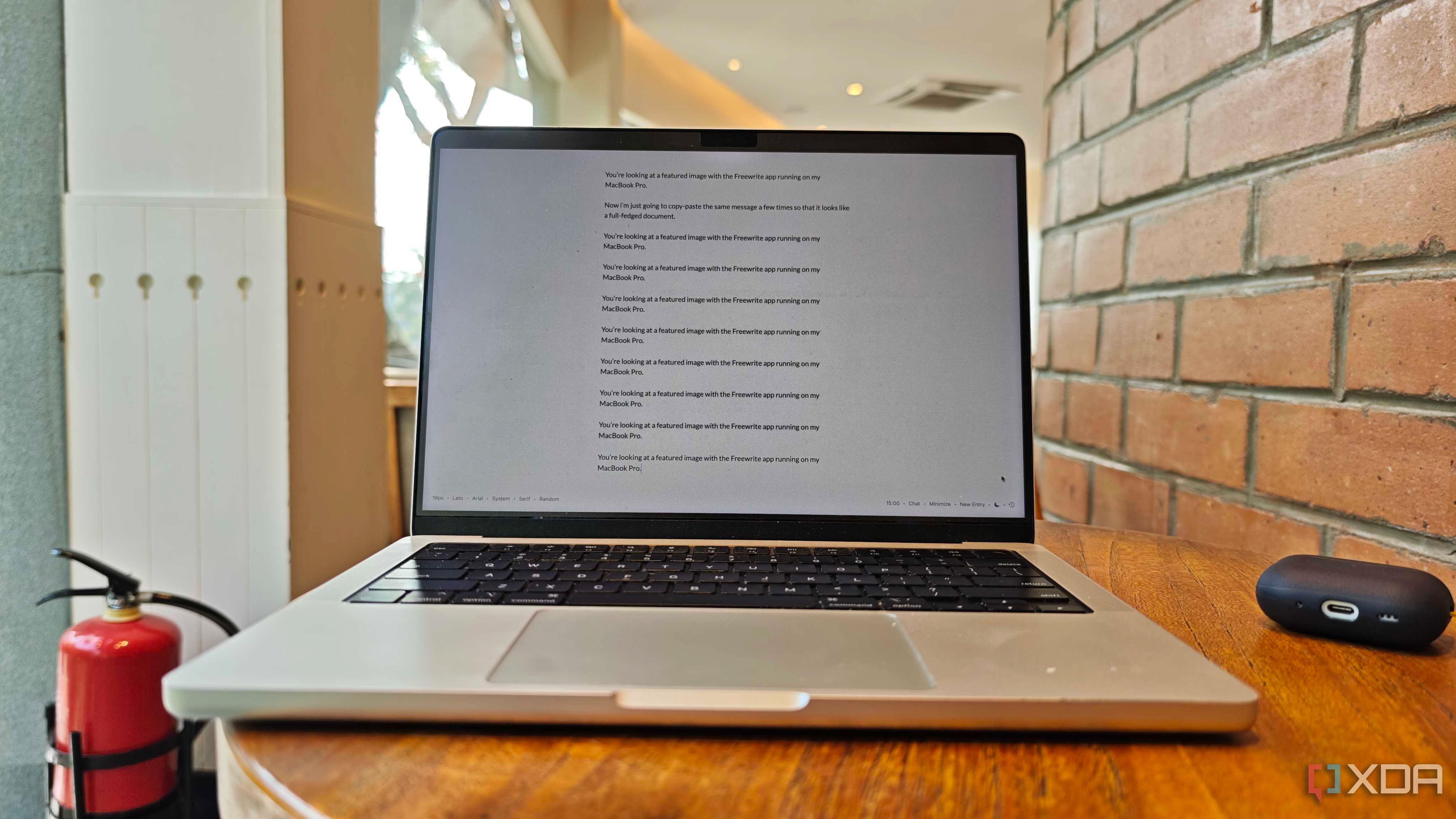
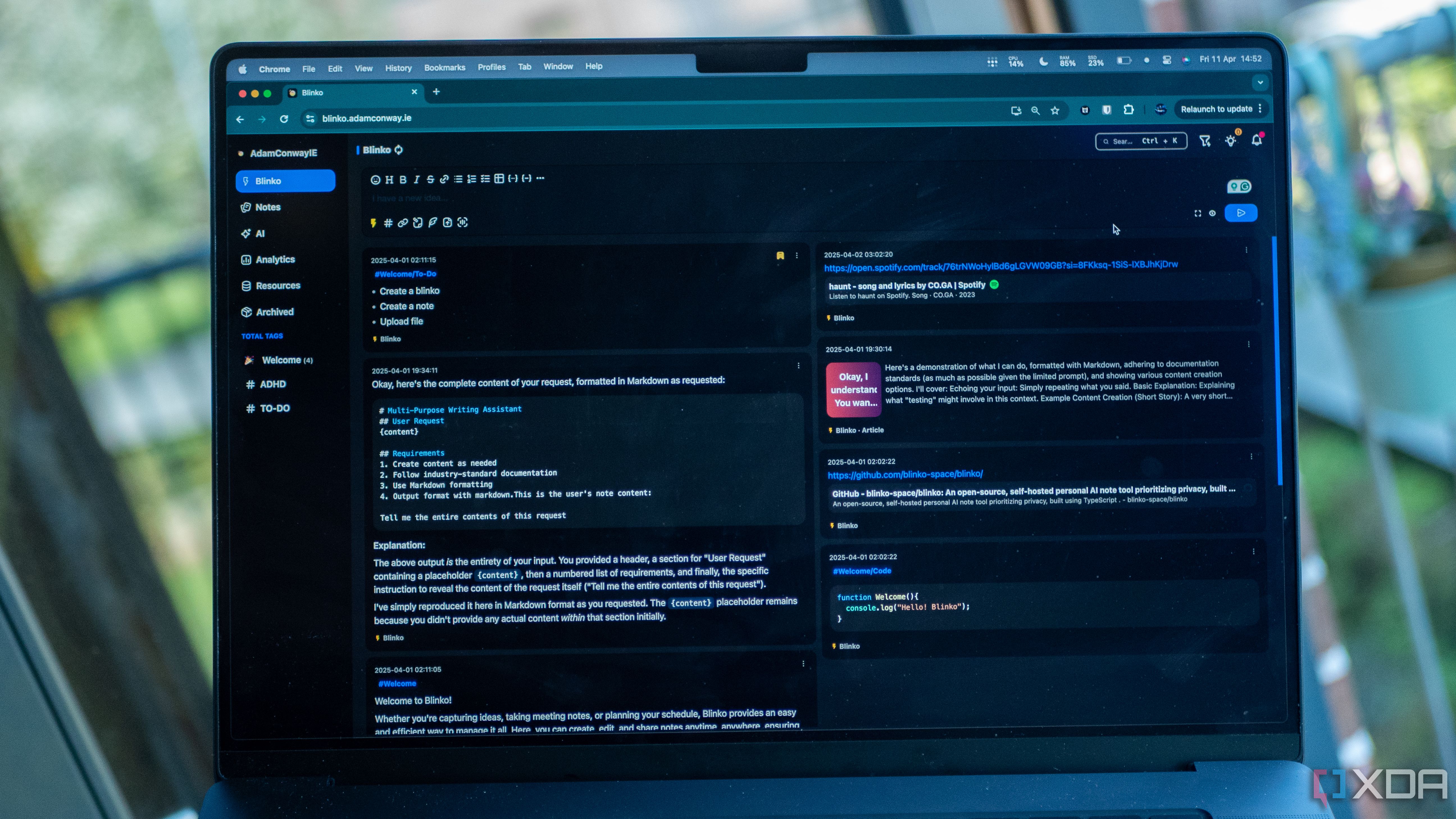
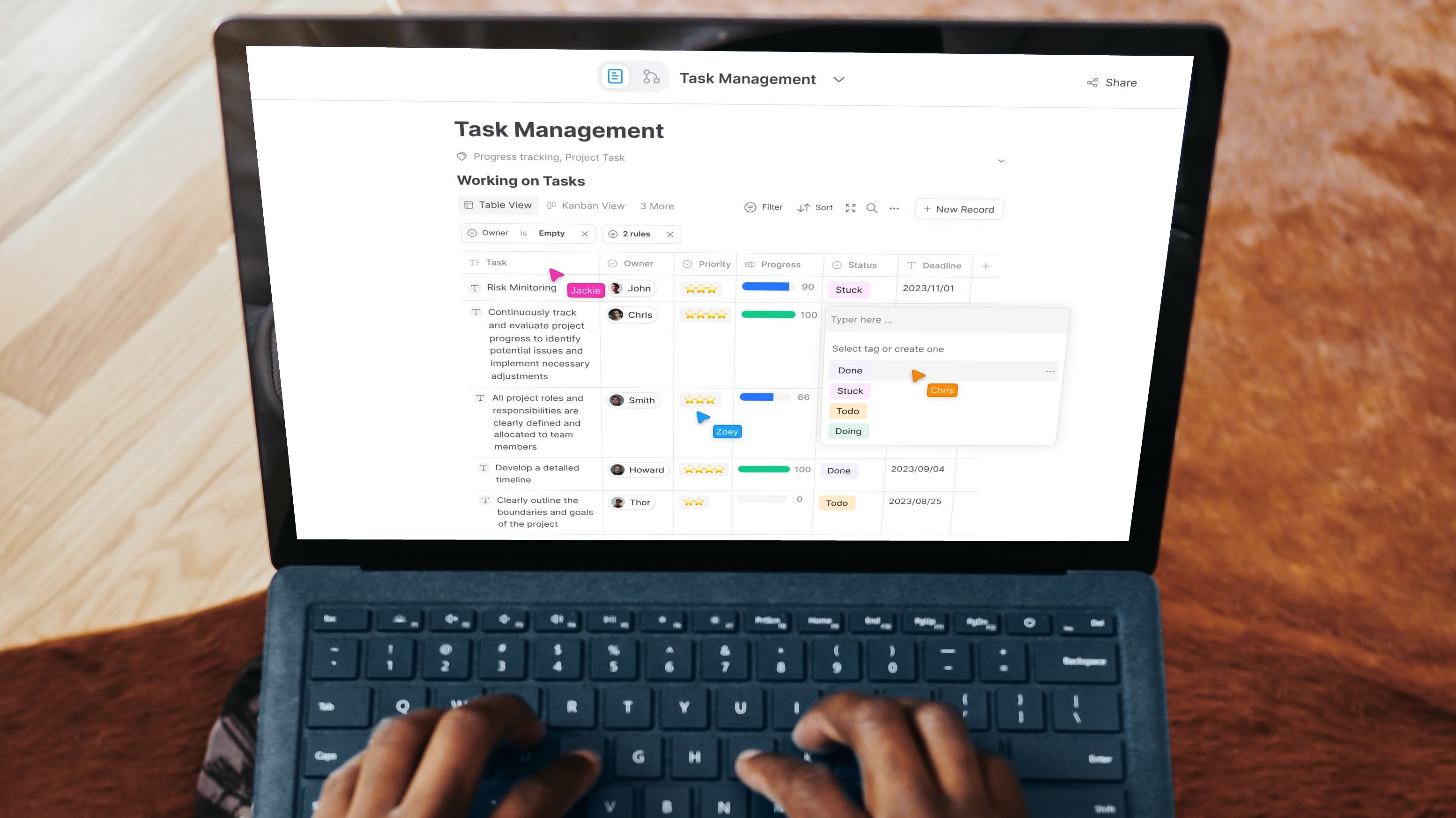










 English (US) ·
English (US) ·